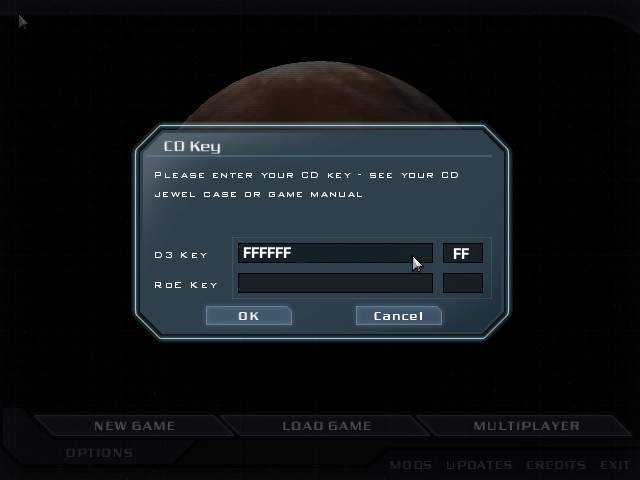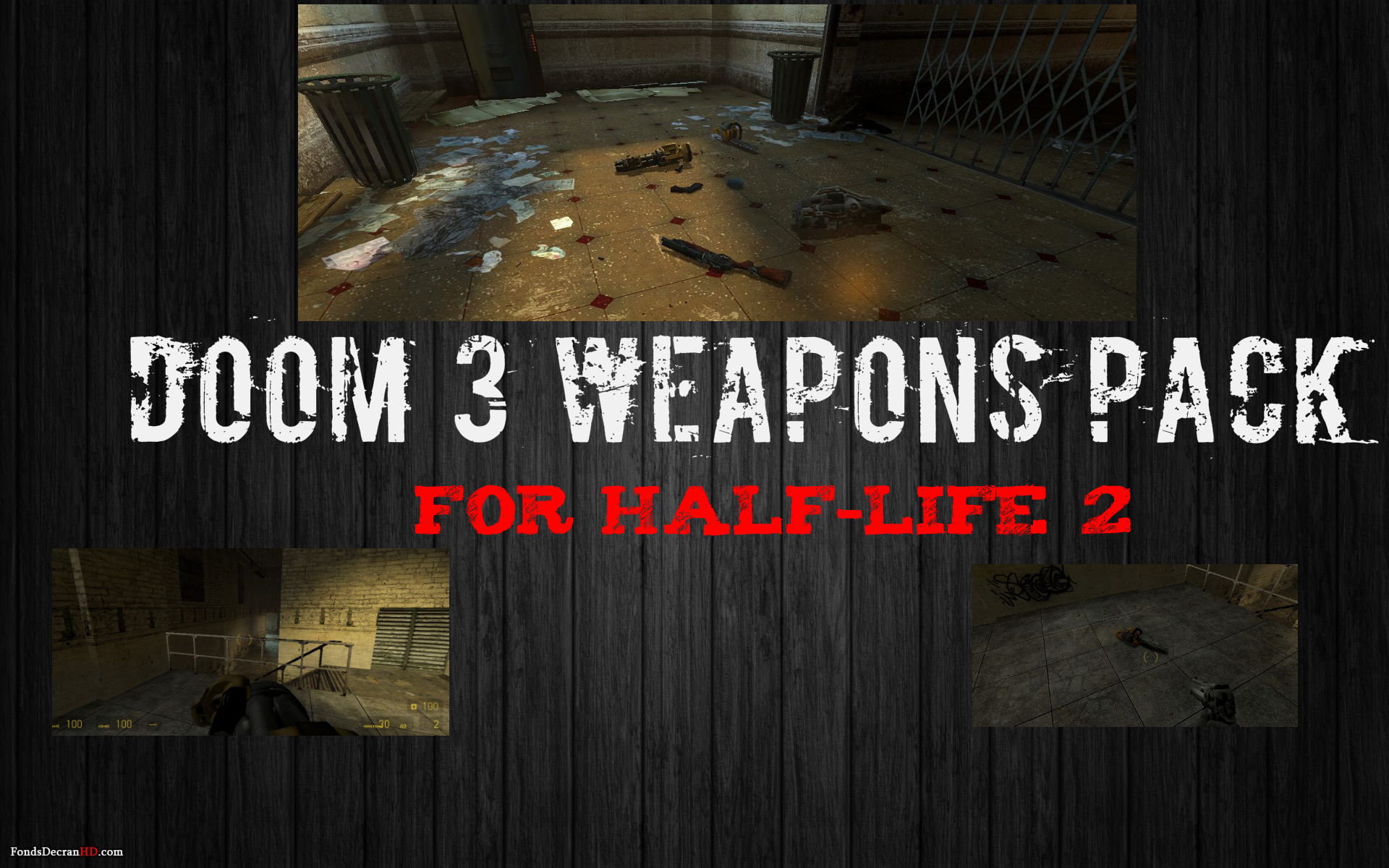

This is thought to be due to Radek having owned a Sound Blaster model which had this problem.

DOOM MIDI CONVERTER CODE
The use of this external library meant that when the Doom source code was later released, only the source code to the Linux port could be made public, as disclosure of the copyrighted DMX APIs could have resulted in an infringement lawsuit either Radek was unwilling to agree to the release of his code, or id was disinterested in attempting to negotiate at all.ĭespite id's unwillingness to release any DMX-related code, Raven took a much more relaxed attitude to the issue, and DMX-related code was included with the Heretic and Hexen source releases, although not the DMX library itself. A change to the API of the SFX_PlayPatch function also led to the loss of random pitch variation for sound effects, though id Software's coders share blame for this problem. Probably prompting the above, several features of DMX broke and then were fixed during Doom's development, including spurious issues with high IRQs and temporary loss of support for the Ultrasound altogether. John Romero was quoted in a 1994 newsgroup post calling Radek a "shithead," a "sound code dork," and "incompetent." John Carmack described the use of DMX as "a mistake" in the 1997 release notes to the Doom source code.
DOOM MIDI CONVERTER SOFTWARE
Historical records imply that id Software was dissatisfied with the DMX library in retrospect. However, due to the conversion process, MIDIs to be played back in this manner are subject to all of the limitations of the MUS format - in particular, they must not exceed 64 KB in size after the conversion, nor can they utilize more than nine channels. After that point, it integrated its own MIDI-to-MUS converter. Up until the version used in Doom v1.5, DMX only accepted MUS-format music lumps. DMX can also play Microsoft WAVE format effects, but Doom does not use the API required for it. Formats 1 and 2 are reserved for MIDI-based sound effects, known in the DMX library as GSS.
DOOM MIDI CONVERTER PC
References to DMX can be found in Doom (although not in the game directly): a DMXOPTION environment variable allows a couple sound options to be set, and the DMXGUS lump contains instrument mapping data for use on the Gravis Ultrasound card.ĭMX supports its own native sound effect formats, two of which are used in Doom: format 0 is used for PC speaker sound effects while format 3 is used for digitized sounds. Primitive support for analog surround sound with phase-shifted stereo output.Up to two music files can be played simultaneously, with volume fade-in/out effects.

Support for General MIDI, Gravis wavetable, and Ad Lib-compatible OPL music playback, with a special option for OP元.Support for Gravis Ultrasound and Sound Blaster compatible sound cards for stereo digital audio output on up to 8 channels.


 0 kommentar(er)
0 kommentar(er)
